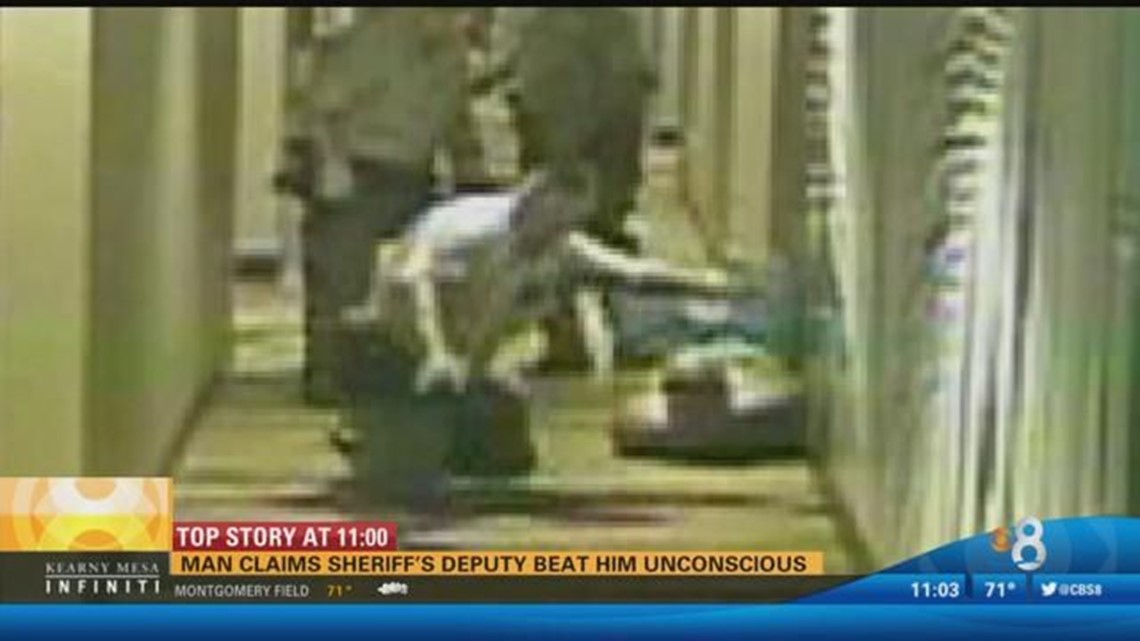A Pope's Funeral: The Challenges Of Seating Dignitaries

Protocol and Precedence: A Delicate Balancing Act
Determining the seating order at a papal funeral involves navigating a complex web of international protocol and religious precedence. A single misplaced dignitary could spark a diplomatic incident, highlighting the sensitivity and importance of getting this right. The challenge lies in balancing various competing priorities:
-
Balancing Vatican City State and International Diplomacy: The Vatican, as a sovereign state, must adhere to its own internal protocols while simultaneously accommodating the diplomatic sensitivities of numerous nations. This involves careful consideration of official state rankings and established diplomatic hierarchies.
-
Prioritizing Heads of State: Heads of state are typically seated according to established diplomatic rankings, a system that can be intricate and occasionally contentious. Factors like length of diplomatic relations and the specific nature of the relationship between the Vatican and each nation play a role.
-
Accommodating Diverse Religious Leaders: A papal funeral attracts religious leaders from various faiths, each with their own level of seniority and protocol. Balancing these diverse needs within a single seating arrangement requires careful consideration and sensitivity.
-
Seating the Papal Family and College of Cardinals: Members of the Pope's family and the College of Cardinals hold significant positions within the Catholic Church and require prominent seating arrangements reflecting their importance within the hierarchy.
-
The Role of the Papal Master of Ceremonies: This crucial role oversees all aspects of the ceremony, including seating. The Papal Master of Ceremonies plays a key role in mediating disputes and ensuring that the seating arrangement reflects protocol and minimizes potential conflict.
The Venue and its Limitations: St. Peter's Square and Basilica
St. Peter's Square and Basilica present unique spatial challenges. The sheer scale of the event, combined with the architectural limitations of these historic sites, significantly impacts the seating arrangements. This logistical hurdle demands creative solutions and precise planning:
-
Limited Seating Capacity: St. Peter's Basilica, while vast, has a limited seating capacity compared to the number of dignitaries, heads of state, religious leaders, and invited guests who wish to attend.
-
Security and Access Management: Managing access and security within both St. Peter's Square and the Basilica is a paramount concern, requiring extensive security planning and coordination with various national and international security agencies.
-
Televised Coverage and Sightlines: The funeral is a global event, broadcast worldwide. Balancing the needs of televised coverage with clear sightlines for the attendees within the Basilica demands careful planning of camera positions and seating arrangements.
-
Accessibility for VIP Guests: Accommodation for VIP guests with special needs or mobility issues is essential, necessitating provisions such as designated seating areas, ramps, and other accessibility features.
-
Weather Considerations: Outdoor seating in St. Peter's Square is subject to the vagaries of the weather. Contingency plans must be in place to manage potential rain, extreme heat, or other unexpected weather conditions.
Technology's Role in Seating Management
Modern technology plays a vital role in streamlining and optimizing the seating process for such a large-scale event. The complexity of seating dignitaries requires sophisticated digital tools:
-
Digital Seating Charts and Databases: Digital platforms are employed to create and manage detailed seating charts, including real-time updates and modifications. Databases track attendee information, ensuring efficient allocation and management of seats.
-
Security System Integration: Digital seating charts integrate with security systems to manage access control, ensuring that only authorized individuals gain entry to designated areas.
-
Communication Technology Coordination: Communication technology facilitates seamless coordination between various stakeholders, including Vatican officials, diplomatic representatives, and security personnel.
-
Digital Ticketing and Confirmation: Digital ticketing and confirmation systems enhance efficiency, minimizing confusion and potential issues with access on the day of the funeral.
Public vs. Private Seating: Balancing Accessibility and Security
A Pope's funeral attracts millions of mourners from around the globe. Balancing the needs of the public with the security requirements of dignitaries is a major logistical challenge:
-
Public Area Allocation: Specific areas within St. Peter's Square are designated for the general public, requiring meticulous planning for crowd control and managing expectations.
-
Crowd Control and Security: Maintaining order and security within both public and VIP areas necessitates a robust security plan involving numerous security personnel, crowd management strategies, and security technology.
-
Equitable Public Access: Ensuring equitable access for mourners from various backgrounds and locations is crucial, requiring clear communication and transparent allocation of public viewing areas.
-
Infrastructure for Large Crowds: Providing adequate infrastructure, including sanitation facilities, first aid stations, and appropriate signage, is essential to support the large crowds attending the event.
-
Large Screen Displays: The use of large screens to display the service for those unable to be seated close to the action helps to ensure that as many mourners as possible can participate in the event.
Conclusion
Seating dignitaries at a Pope's funeral is a monumental task, requiring meticulous planning, strict adherence to protocol, and sophisticated logistical management. The complexities involved highlight the delicate balance between diplomatic relations, religious precedence, and the practical constraints of the venues. Successfully managing this intricate process ensures a respectful and dignified farewell to the Pope while maintaining order and security. To learn more about the detailed planning and execution of such a significant event, explore further resources on papal funerals and their associated protocols. Understanding the challenges of seating dignitaries at a Pope's funeral provides a fascinating glimpse into the intricacies of high-level international events.

 San Diego County Sheriffs Office Faces Lawsuit Following Inmate Death
San Diego County Sheriffs Office Faces Lawsuit Following Inmate Death
 Ne Ryadom S Zelenskim Analiz Povedeniya Trampa Na Vstreche
Ne Ryadom S Zelenskim Analiz Povedeniya Trampa Na Vstreche
 Coronation Street First Look Daisys Shocking Departure
Coronation Street First Look Daisys Shocking Departure
 Nypd Investigation Into Harassment Of Woman By Pro Israel Group
Nypd Investigation Into Harassment Of Woman By Pro Israel Group
 Channing Tatum Moves On Date Night With Inka Williams Following Zoe Kravitz Breakup
Channing Tatum Moves On Date Night With Inka Williams Following Zoe Kravitz Breakup
